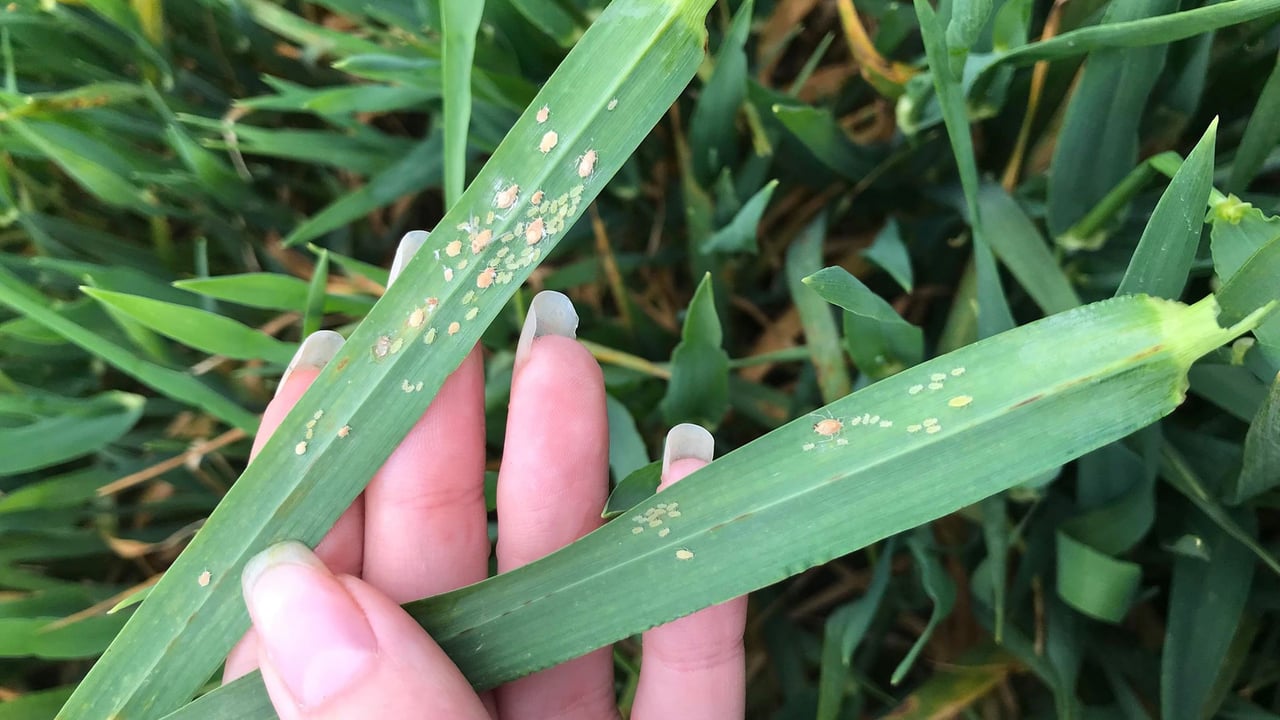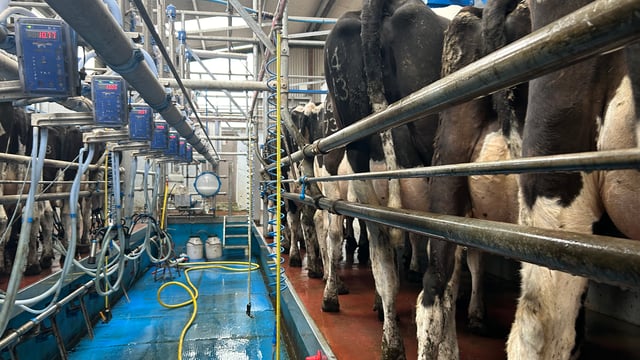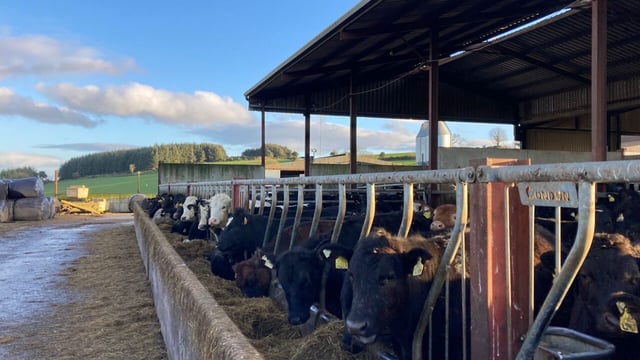Tillage: Quantifying threat posed by BYDV in cereals
Last season, barley yellow dwarf virus (BYDV) posed a real challenge to both winter and spring sown cereals.
So, obviously, it’s important to more accurately predict when crops are most at risk from aphid attack.
Teagasc entomologist Dr. Louise McNamara has been involved in a number of research projects designed to more fully understand these issues
She is also very aware of the challenge posed by BYDV to Ireland’s cereal production sector.
Dr. McNamara explained:
“The risk depends on a number of issues. These include: how early the crop was planted; how early the crop was infected and which strain of the virus the crop is infected with.
“There are 11 strains of the virus with different levels of severity. So damage in cereals can cause up to 80% loss.
"This would be in the case of very severe infections. The average loss figure is in the region of 30%.”
According to Dr. McNamara, BYDV can yield decreases of up to 2t/ha in winter wheat and oats.
“This figure rises to 5t/ha in winter barley crops. The risk will be different in different years and different locations. On a local scale, there will also be variations between fields," she said.
The entomologist explained that temperature differences between one year and the next will impact significantly on the threat posed by BYDV.
"Local climatic differences will also be a factor. Crops grown near the coast will be at a higher risk because it’s milder: there’s less frost.
“In these circumstances, aphids are more likely to survive, leading to higher BYDV infection rates," she said.
So, what actually determines migratory aphid numbers?
“Several different reasons are kicking in here. We know that aphid flight is affected by temperature, wind and rain. We know that rain negatively impacts on aphid flight: when there is heavy rainfall, you get less aphid flight," Dr. McNamara outlined.
According to Dr. McNamara aphids can have long range and short range migration patterns.
“We can pick up the long range aphids in the Teagasc 12.2m towers. But local migration can be affected by a mix of flight and walking between one location and the next.
“Aphids could also be in a field already, depending on what the previous crop was," she said.





